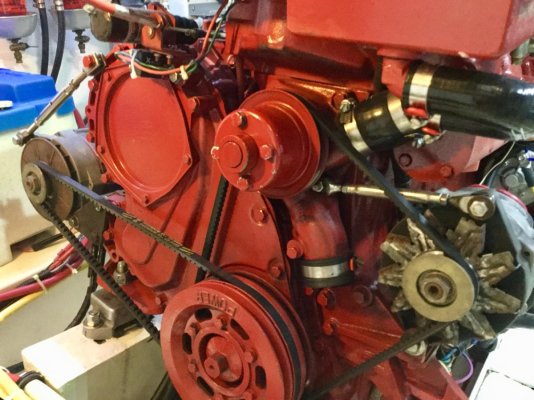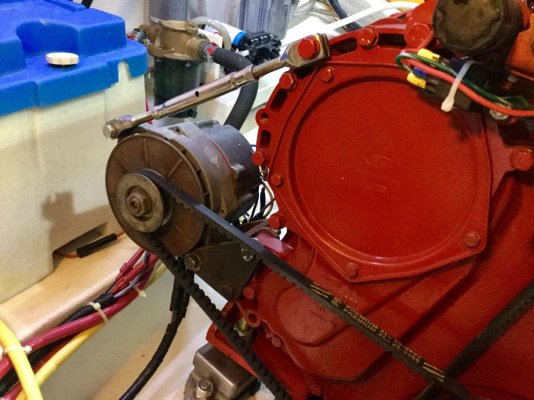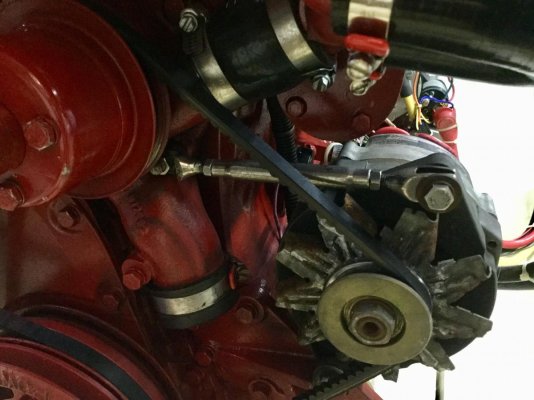ORIF
Senior Member
Just curious how others of you tension your engine belts.
Too tight causes several issues including costly ones like water pump failure.
Too loose and they slip so the pump/alternator work suffers.
I think there must be a wide range of tolerability/forgiveness to this or there'd be more problems.
Just tried using a Krikit gauge to quantitate how much pressure I was applying but was surprised to find how much pry bar pressure is needed to get up to 50lbs - far more than I'd been stopping at when using my thumb as the instrument.
Too tight causes several issues including costly ones like water pump failure.
Too loose and they slip so the pump/alternator work suffers.
I think there must be a wide range of tolerability/forgiveness to this or there'd be more problems.
Just tried using a Krikit gauge to quantitate how much pressure I was applying but was surprised to find how much pry bar pressure is needed to get up to 50lbs - far more than I'd been stopping at when using my thumb as the instrument.




